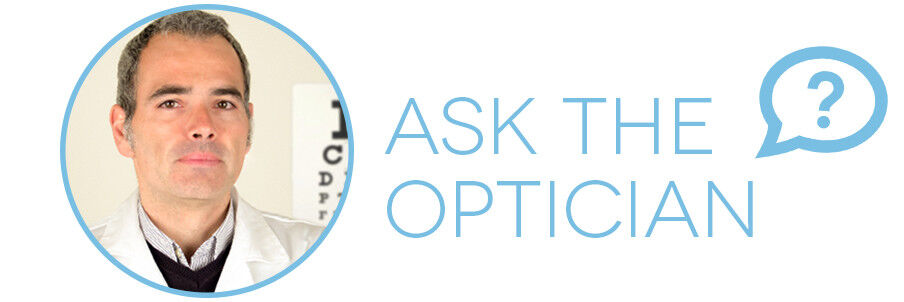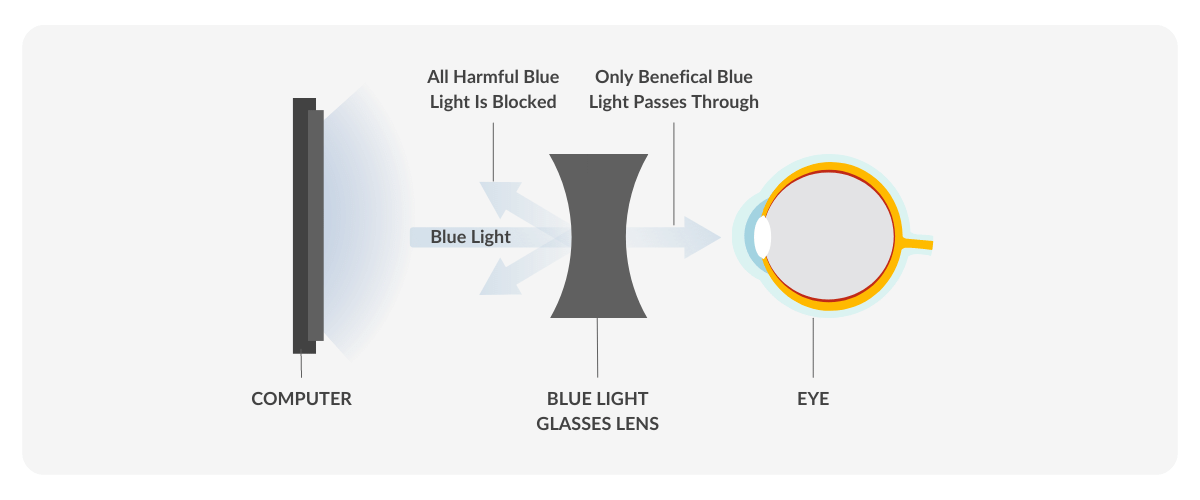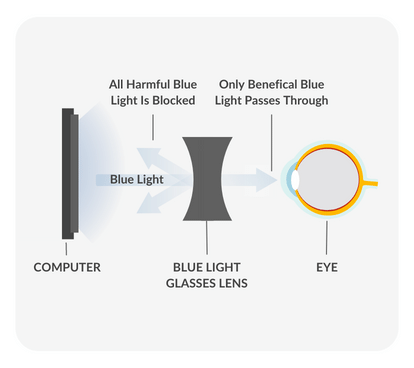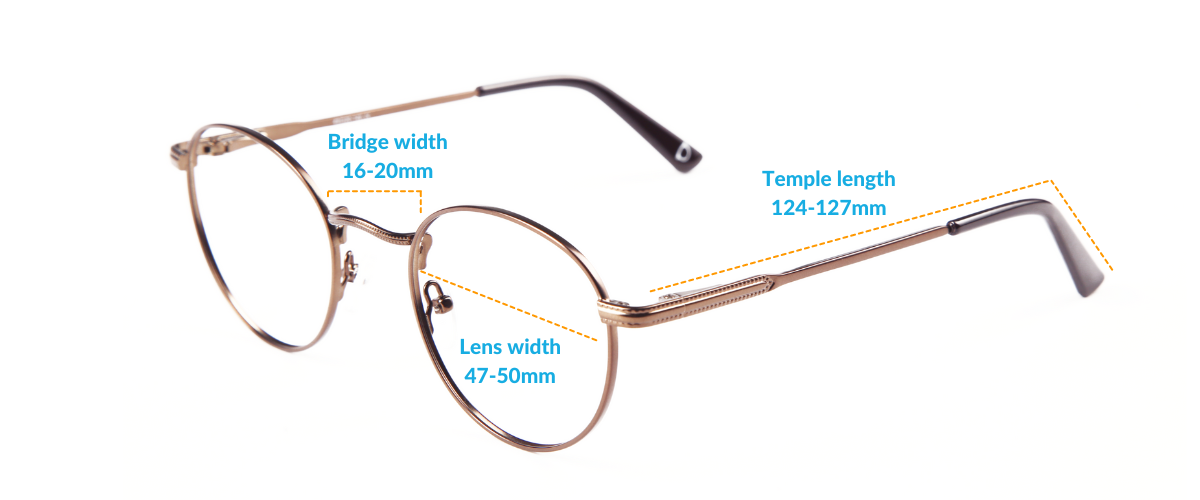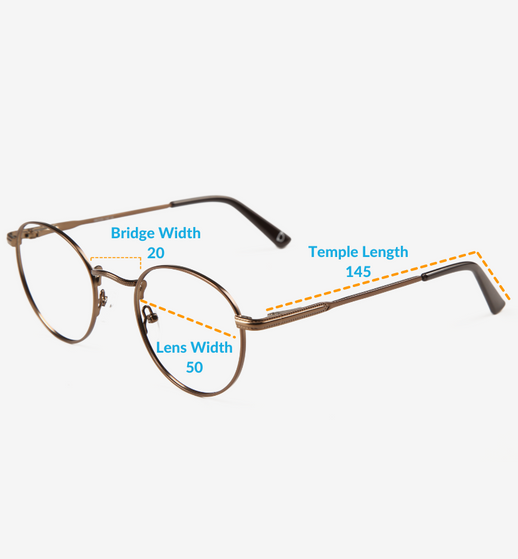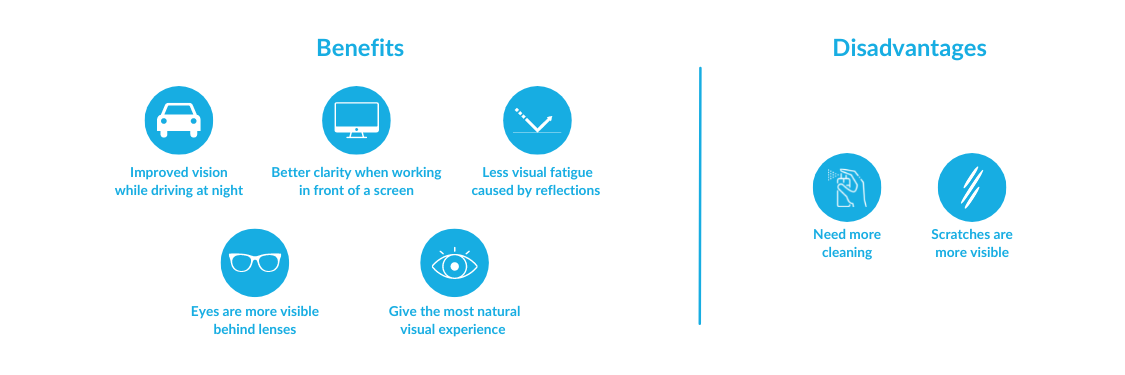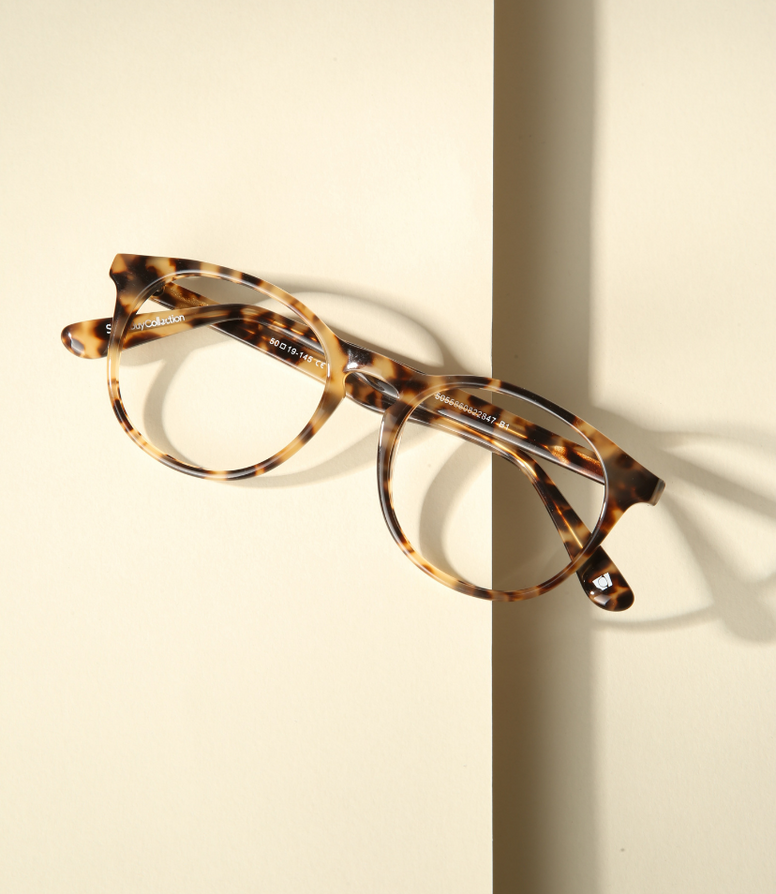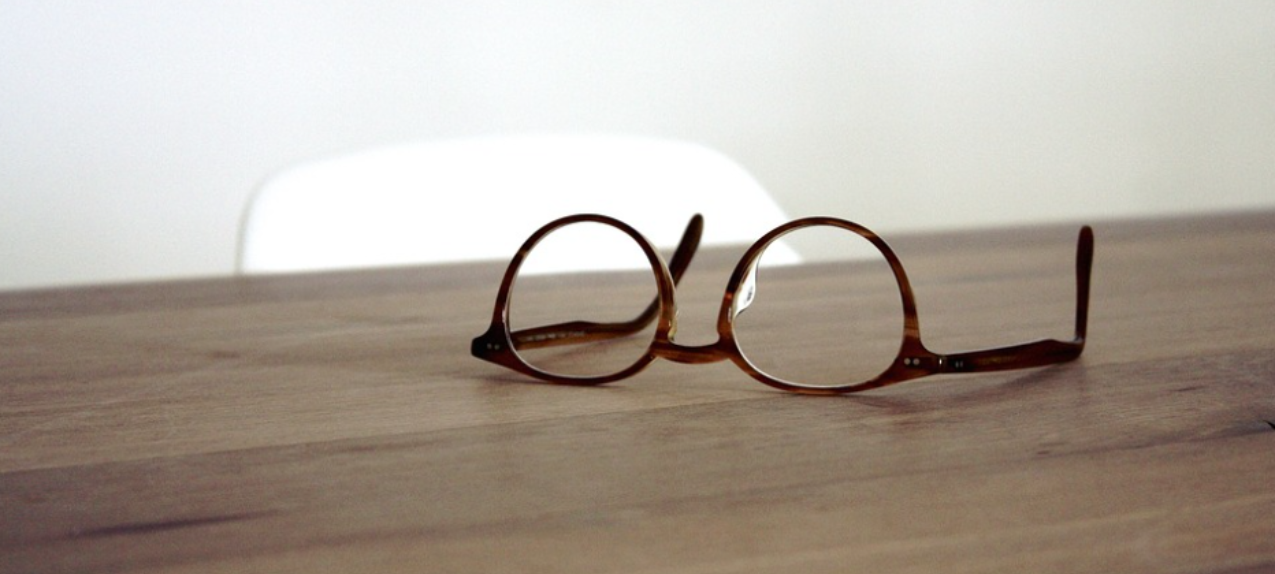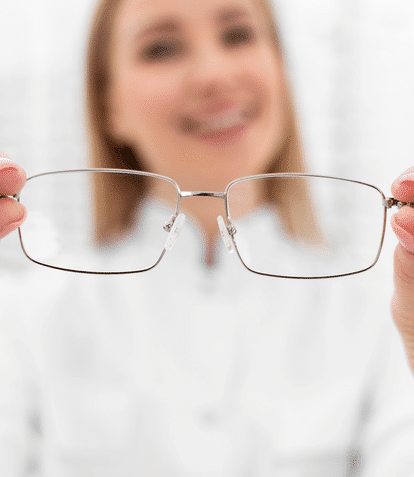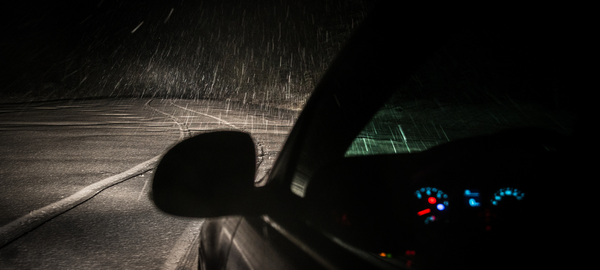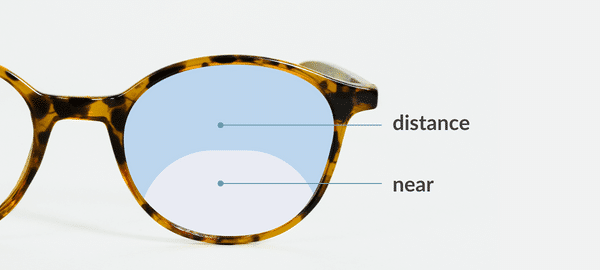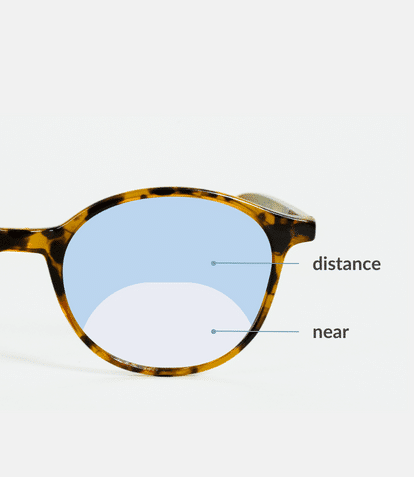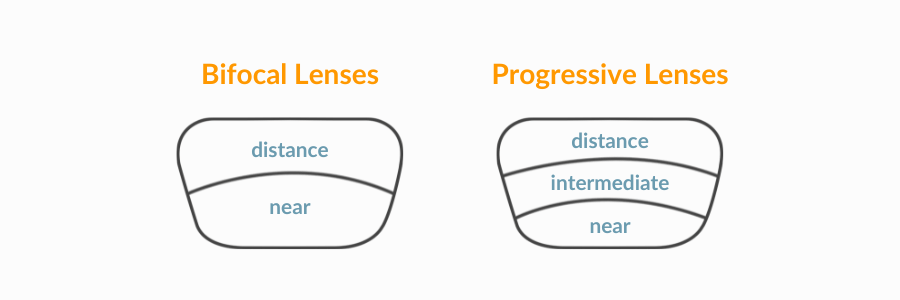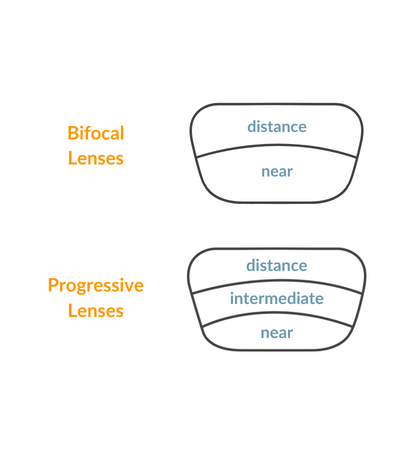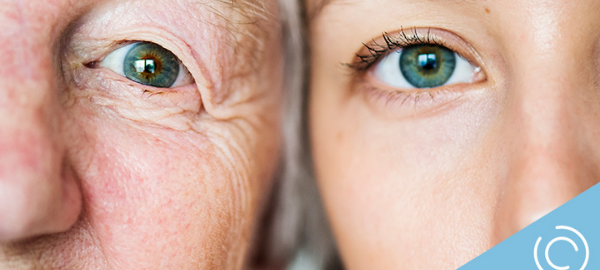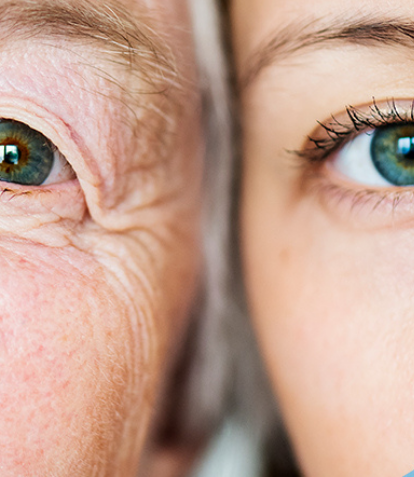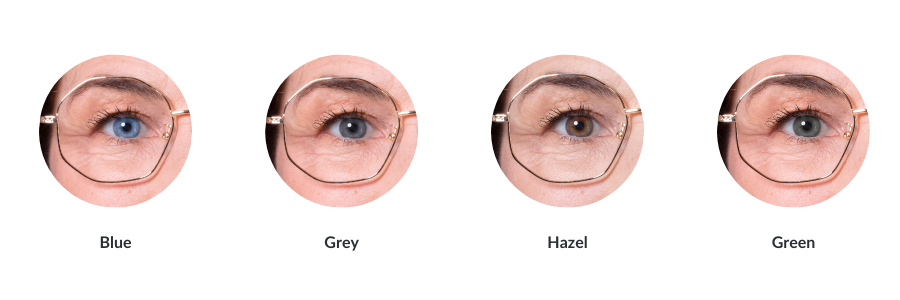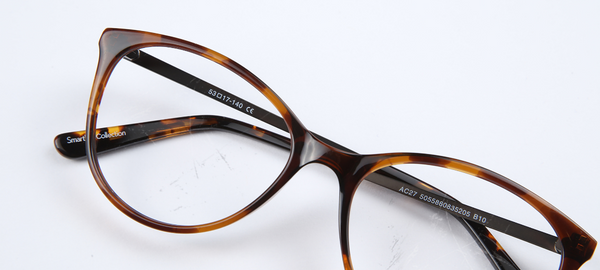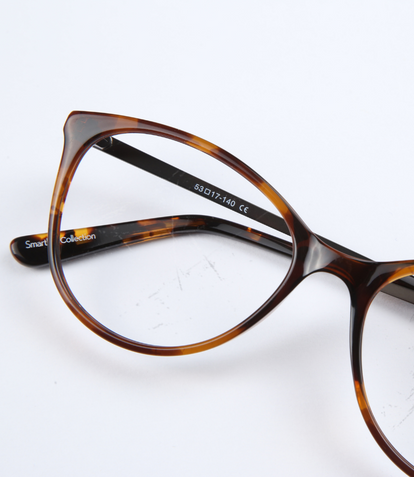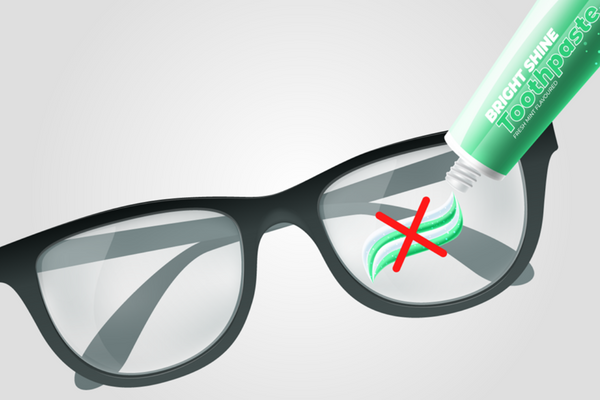
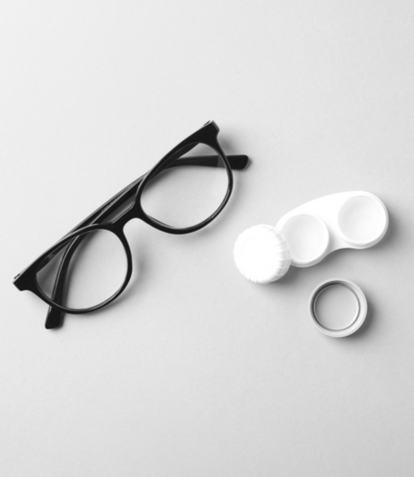
Is there a Difference Between Contact Lens and Glasses Prescription?
If your vision needs correction, you may be prescribed a glasses prescription or contact lens prescription. Both help improve your vision, but are glasses prescriptions and contact lens prescriptions the same? A common query is if it’s possible to convert a glasses prescription to a contact lens prescription. Read on to discover the answer to these intriguing questions regarding your prescription.
Are glasses prescriptions and contact lens prescriptions the same?
Even though the prescription for glasses vs contact lens prescription may look similar, they are quite different. Contact lenses and glasses correct refractive errors, such as myopia (finding it difficult to see objects far away), hyperopia (finding it difficult to see objects closeup), astigmatism (when your cornea or lens has a different shape than usual) and presbyopia (a refractive error that makes it hard for older adults to see things up close).
Since prescription glasses rest slightly in front of your eyes, around 12 millimetres away, and contact lenses sit directly on them, you need two separate tests to determine their unique measurements. This means that the parameters specified on your glasses prescription may often differ from your contact lens prescription.
Prescription for glasses vs contacts: How to read glasses and contact lens prescriptions
After your eye test, you will receive a prescription card determining your specific prescription. Your glasses prescription and contact lens prescription will be provided on two different cards. Once you have these prescriptions, you can shop for your glasses or contact lenses online or in-store.
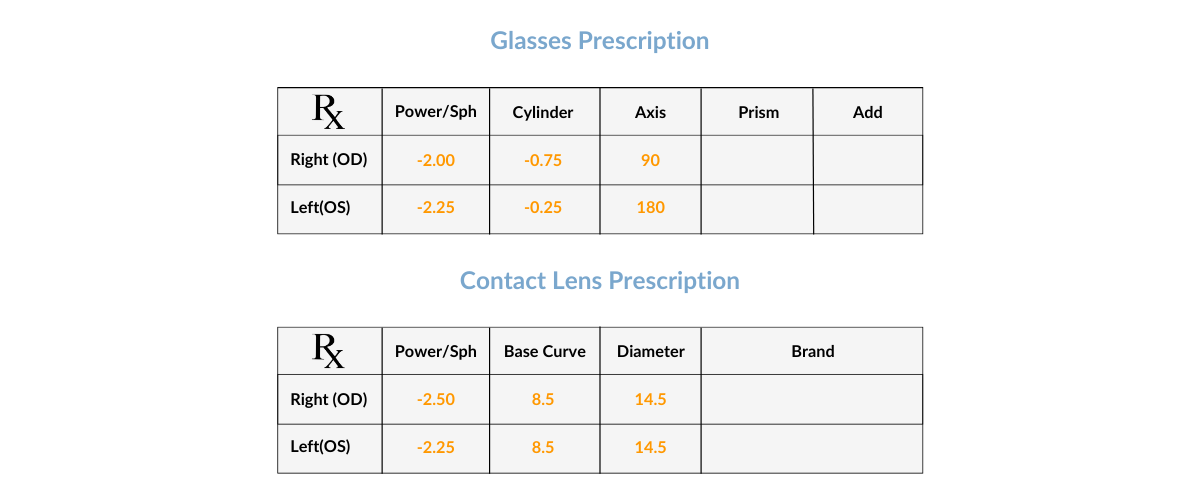
The key differences between a contact lens and a glasses prescription are shown in the image above. Contact lens prescriptions include certain specifications that are not on your glasses prescription, including:
- Base Curve (BC): This measures the curvature of your lens and is based on your eye shape, measured in millimetres.
- Diameter (DIA): This specifies the size of the lens and how the lens fits on your actual eye in terms of width, measured in millimetres.
- Lens material: This includes the material of your contact lens, which can be either hydrogel or silicone.
- Brand manufacturer: There are thousands of contact lens brands out there, so placing the name of the contact lens brand helps with reordering in the future. The ‘brand’ section specifies the measurements and material.
The power/sph (sphere) indicates the lens power, which can be found on both glasses and contact lens prescriptions. On glasses prescriptions specifically, you can also find the cylinder (Cyl), which indicates the strength of astigmatism and the axis, which represents the orientation of the cylinder. If you have multifocal lenses, an ‘ADD’ means the additional positive power required for the eyes to focus. The ‘prism’ section helps correct people with double vision, aiding in aligning two images so that only one image can be seen, which can only be found on glasses prescriptions. Furthermore, your contact lens prescription may also include an axis and cylinder if it is a lens for astigmatism or multifocal purposes.
Can you convert a glasses prescription to a contact lens prescription?
No, it is impossible to convert a glasses prescription to a contact lens prescription directly. Furthermore, you cannot convert a contact lens prescription to a glasses prescription. Doctors can prescribe your contact lens prescription after you have completed a contact lens exam.
Can I use my glasses prescription for contact lenses?
As well as not being able to convert your prescriptions, you cannot use your glasses prescription to work out your contact lens prescription. It is important to note that only some people who wear glasses can also wear contact lenses. Therefore, it is recommended you get an eye test for both prescriptions.
Are contact lenses or glasses better?
When choosing between contact lenses or glasses, we recommend you consider your lifestyle, comfort and price. For example, eyeglasses require little cleaning and maintenance, as well as not having to physically touch your eyes, helping to avoid the risk of eye infections. However, contact lenses do not fog up, which is useful when playing sports, but they can be more expensive than glasses. We recommend trying glasses and contact lenses to see which suits your lifestyle better.
Where to buy contact lenses and glasses online
You can find affordable glasses or contact lenses online or in-store at your local opticians as long as you have an up-to-date prescription. You can use our free Lens Scanner app to reveal your current glasses prescription in minutes. However, if you haven’t had an eye exam in the last two years, we recommend booking an appointment to ensure your prescription is accurate. You will need a separate eye test to determine your contact lens prescription, but often you can get your contact lens exam performed at the same time as your eye exam.
So, whether you prefer to wear contact lenses or glasses, you need to book an up-to-date eye exam to ensure your eyes are healthy. Furthermore, remember that you cannot use the same prescription for your glasses and contact lenses and require two separate tests.
Is there a Difference Between Contact Lens and Glasses Prescription?
If your vision needs correction, you may be prescribed a glasses prescription or contact lens prescription. Both help improve your vision, but are glasses prescriptions and contact lens prescriptions the same? A common query is if it’s possible to convert a glasses prescription to a contact lens prescription. Read on to discover the answer to these intriguing questions regarding your prescription.
Are glasses prescriptions and contact lens prescriptions the same?
Even though the prescription for glasses vs contact lens prescription may look similar, they are quite different. Contact lenses and glasses correct refractive errors, such as myopia (finding it difficult to see objects far away), hyperopia (finding it difficult to see objects closeup), astigmatism (when your cornea or lens has a different shape than usual) and presbyopia (a refractive error that makes it hard for older adults to see things up close).
Since prescription glasses rest slightly in front of your eyes, around 12 millimetres away, and contact lenses sit directly on them, you need two separate tests to determine their unique measurements. This means that the parameters specified on your glasses prescription may often differ from your contact lens prescription.
Prescription for glasses vs contacts: How to read glasses and contact lens prescriptions
After your eye test, you will receive a prescription card determining your specific prescription. Your glasses prescription and contact lens prescription will be provided on two different cards. Once you have these prescriptions, you can shop for your glasses or contact lenses online or in-store.
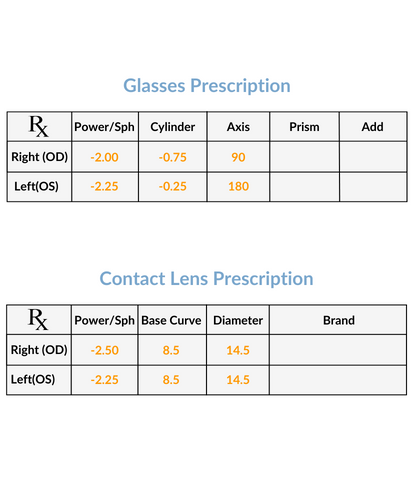
The key differences between a contact lens and a glasses prescription are shown in the image above. Contact lens prescriptions include certain specifications that are not on your glasses prescription, including:
- Base Curve (BC): This measures the curvature of your lens and is based on your eye shape, measured in millimetres.
- Diameter (DIA): This specifies the size of the lens and how the lens fits on your actual eye in terms of width, measured in millimetres.
- Lens material: This includes the material of your contact lens, which can be either hydrogel or silicone.
- Brand manufacturer: There are thousands of contact lens brands out there, so placing the name of the contact lens brand helps with reordering in the future. The ‘brand’ section specifies the measurements and material.
The power/sph (sphere) indicates the lens power, which can be found on both glasses and contact lens prescriptions. On glasses prescriptions specifically, you can also find the cylinder (Cyl), which indicates the strength of astigmatism and the axis, which represents the orientation of the cylinder. If you have multifocal lenses, an ‘ADD’ means the additional positive power required for the eyes to focus. The ‘prism’ section helps correct people with double vision, aiding in aligning two images so that only one image can be seen, which can only be found on glasses prescriptions. Furthermore, your contact lens prescription may also include an axis and cylinder if it is a lens for astigmatism or multifocal purposes.
Can you convert a glasses prescription to a contact lens prescription?
No, it is impossible to convert a glasses prescription to a contact lens prescription directly. Furthermore, you cannot convert a contact lens prescription to a glasses prescription. Doctors can prescribe your contact lens prescription after you have completed a contact lens exam.
Can I use my glasses prescription for contact lenses?
As well as not being able to convert your prescriptions, you cannot use your glasses prescription to work out your contact lens prescription. It is important to note that only some people who wear glasses can also wear contact lenses. Therefore, it is recommended you get an eye test for both prescriptions.
Are contact lenses or glasses better?
When choosing between contact lenses or glasses, we recommend you consider your lifestyle, comfort and price. For example, eyeglasses require little cleaning and maintenance, as well as not having to physically touch your eyes, helping to avoid the risk of eye infections. However, contact lenses do not fog up, which is useful when playing sports, but they can be more expensive than glasses. We recommend trying glasses and contact lenses to see which suits your lifestyle better.
Where to buy contact lenses and glasses online
You can find affordable glasses or contact lenses online or in-store at your local opticians as long as you have an up-to-date prescription. You can use our free Lens Scanner app to reveal your current glasses prescription in minutes. However, if you haven’t had an eye exam in the last two years, we recommend booking an appointment to ensure your prescription is accurate. You will need a separate eye test to determine your contact lens prescription, but often you can get your contact lens exam performed at the same time as your eye exam.
So, whether you prefer to wear contact lenses or glasses, you need to book an up-to-date eye exam to ensure your eyes are healthy. Furthermore, remember that you cannot use the same prescription for your glasses and contact lenses and require two separate tests.












































